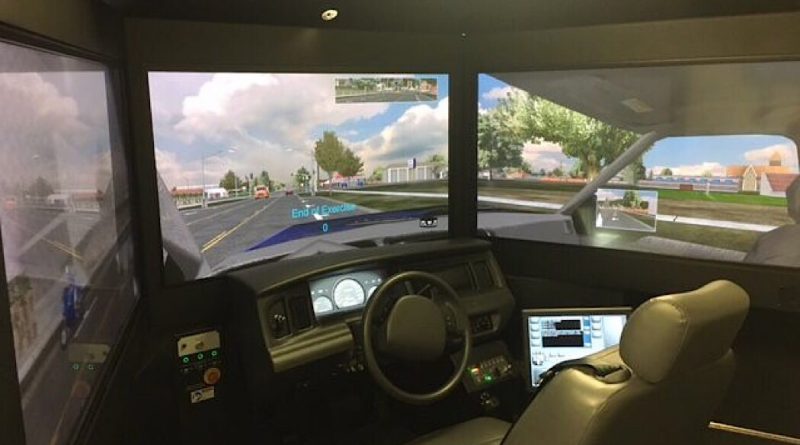UD Public Safety Stays Sharp Before The School Year
By: Julia Hall – Print Editor
While most of UD students are off from classes and away from campus this summer semester, issues surrounding police enforcement on college campuses have continued to make headlines. Particularly, the second mistrial of Ray Tensing has brought to the forefront issues regarding use of force, profiling and university police officers.
University of Dayton Public Safety’s Chief Rodney Chatman commented on the influence of the trial on the training of UD’s Public Safety.
“I think every case that we become aware of we try to take what is the learning opportunity out of this. The way that we train, though, has not been influenced by that case or any other in that I see that this is the appropriate way to train, period.”
Chatman refers to the extensive training that he and his department have undergone while students are away from campus.
In other ✈️ news…UD Arena Transformation ‘On Schedule’ For This Fall
The list of exercises include crisis intervention, trauma-inform, victim sensitivity, first line supervision, and even suicide bomber training. There is also officer survival training, and Attorney General’s Ohio Peace Officer Training.
The Attorney General’s Peace Officer Training, which occurs via a mobile simulator, was a new course for Public Safety officers. The expensive-to-produce, mobile simulator training had a long waiting list of policing departments statewide, but the connections of the newest major of the department accelerated the process.
The simulator training was broken into two different components: Judgmental Driving Training and Judgmental Firearms Training. The purpose of the firearms training was to simulate real life, high stress situations in which public safety officers had to maneuver.
These situations ranged from domestic violence scenarios to traffic stops. While dealing with these staged, yet intense interactive scenes, they worked on communicating with both fellow officers and the persons that posed potential risks to themselves and to those around them.
In other ✈️ news…UD Named Among ‘Best 382 Colleges’ By Princeton Review
“When I hear Use of Force, I hear that you are training your officers on how to use force. I want to train officers on understanding if they need to. I want to train officers on how to respond appropriately,” Chatman comments.
Chatman elaborates, “Actually, it is use of voice training opposed to use of force training because many times using your voice can avoid that situation anyway. You can talk people down. You can communicate in a way to get the appropriate help there. Somebody covering this part, so that you can handle this part without pulling the trigger.”

When asked about gaps in Public Safety’s training that need further attention, he stated, “Eventually, I want to see everyone crisis intervention trained- so how to handle mental health crises. I want to see everyone get green dot trained. And, we want to get everyone- and Laura Gentner does an excellent program related to LGBT community.”
In regards to his approach to training and practice, Chatman noted that he relies upon six pillars developed and explained in the 2015 Final Report on 21st Century Policing established under Barack Obama’s leadership: Building Trust and Legitimacy, Policy and Oversight, Technology and Social Media, Community Policing and Crime Reduction, Training and Education and Officer Wellness and Safety.
According to this document, “Trust between law enforcement agencies and the people they protect and serve is essential in a democracy. It is key to the stability of our communities, the integrity of our criminal justice system, and the safe and effective delivery of policing services.”
Chatman states, “I have always said that to police a community, you have to be a part of the community. So, we need to understand who is in our community. What are their issues. What would they like to see from their police, and they should have a voice in how they are police. That’s my philosophy, anyway.”
Photo Courtesy of University of Dayton News and Communications

